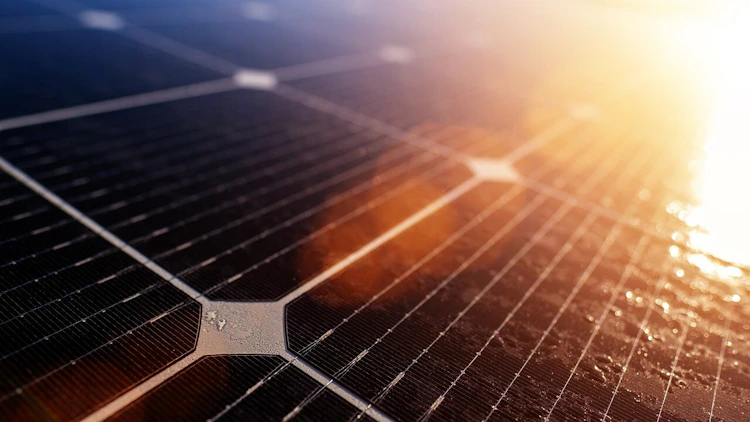
Why NGOs are switching to solar power in crisis zones
For years humanitarian aid operations have relied on diesel generators, which are costly, logistically complex, and environmentally damaging, as the main source of power in operations. Now, a growing number of humanitarian NGOs are replacing these machines with solar power or solar photovoltaic (PV) systems. Why? Because solar energy offers a better way forward: it is more sustainable, more affordable over time, and easier to deploy in hard-to-reach areas.
Cost and reliability issues
Fuel supply chains in crisis zones are unpredictable. In remote or insecure locations, fuel deliveries can be delayed by days, or weeks, sometimes jeopardizing critical operations. Diesel generators also come with significant long-term costs: fuel expenses, frequent maintenance, and the need for skilled technicians.
By contrast, solar systems have minimal running costs once installed. While larger installations, such as those needed for hospitals or water pumps, require higher upfront investment, their lifespan, typically 20 – 30 years for panels and 3 – 10 years for batteries, makes them economically smarter over time.
Solar power: A smarter, cleaner alternative
Solar power offers more than just cost savings, it significantly reduces emissions and aligns with global climate goals. Diesel generators typically emit between 2.4 –2.8 kg of CO₂ per litre of diesel, depending on size and load of the generator.
A 2022 report by the United Nations Institute for Training and Research found that UN agencies and the ICRC operated over 11,000 generators in displacement settings. The report further estimates that to meet SDG 7 – affordable and clean energy – and the 2030 climate targets, three generators would need to be decarbonized every day for nine years.
Meeting the growing energy needs of displaced communities
Beyond sustainability and cost, there’s another major reason NGOs are embracing solar: the changing energy needs of displaced populations. Previously, the focus was on providing basic lighting, it has now expanded to address all electricity needs, including power for connectivity and appliances. In its Global Strategy for Sustainable Energy (2019-2025), the UNHCR supports a minimum energy threshold of 200 Wh per household per day, enough for lighting, communication, and charging small devices. Solar power is well-suited to meet this expanded scope.
Overcoming technical and procurement challenges
Despite its benefits, switching to solar power comes with its hurdles. Installation and maintenance require upfront investment and technical expertise. Many procurement officers also face complex processes and must understand solar technologies in detail. This shift demands partnerships with suppliers who offer more than just equipment, but are also commited to providing full-service support, training, and in-field assistance..
Real-world examples: How NGOs are leading the solar transition
- Doctors Without Borders (Medicins Sans Frontiers) is testing a solar-powered container that can produce up to 60 kWh of electricity as a solution to the challenge of rapidly deploying energy in emergency settings.
- In 2023, the Norwegian Refugee Council (NRC) announced plans to replace diesel generators with solar power in 250 sites. The NRC has already completed the transition in locations in Niger, Burkina Faso, and Sudan.
- In 2017 UNHCR installed a 2MW solar photovoltaic plant at the Azraq refugee camp in Jordan, the first refugee camp powered entirely by renewable energy.
- Mercy Corps built a solar mini-grid in Sheder Refugee Camp, Ethiopia, as part of its energy program.
- Oxfam has launched solar energy pilots across Africa to power water pumps and health facilities.
Portable solar solutions for rapid deployment
For immediate needs, especially lighting, NGOs are turning to portable solar solutions or pico solar systems. Examples include BRIGHT’s SunBell and Sol, which offer lighting and phone charging in compact, logistics-friendly formats.
These solutions work out of the box; are easy to distribute in bulk; and enhance safety, dignity, and access for displaced populations. These portable solar-powered solutions also form a practical component of a hybrid energy strategy for humanitarian operations.
The future is bright
As aid budgets shrink and sustainability rises on the global agenda, humanitarian NGOs are rethinking how they power their missions. Solar energy provides an opportunity to reduce costs, improve operational reliability, and align with climate goals, all without compromising the needs of affected communities.
Curious about how our solar solutions can transform your field operations? Explore a partnership with BRIGHT, or follow us on social media for practical case studies, insights and news on sustainable solar power innovation in humanitarian aid and disaster response.